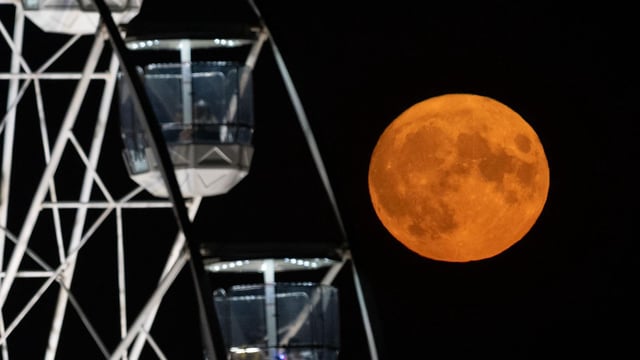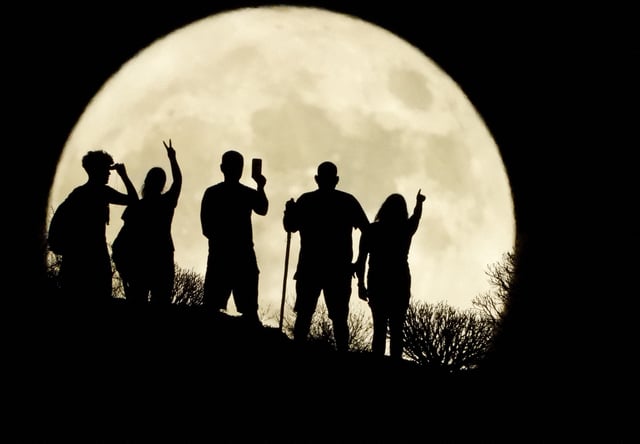Overview
- The moon reaches full phase at 3:55 a.m. ET on August 9 and will appear fully illuminated at dusk on both August 8 and August 9.
- Its low southern trajectory creates a shallow rise angle, allowing observers in North America to witness two nearly identical full-moonrises on consecutive evenings.
- Naked-eye viewing will reveal the moon’s glow, but binoculars or a small telescope will enhance surface details from elevated or unobstructed eastern horizons.
- On August 12 the moon will pass within about 3.5 degrees of Saturn and Neptune, forming a tight sky alignment three days after peak fullness.
- The Perseid meteor shower peaks on August 12–13, although bright moonlight will limit visibility to only the shower’s most brilliant meteors.



